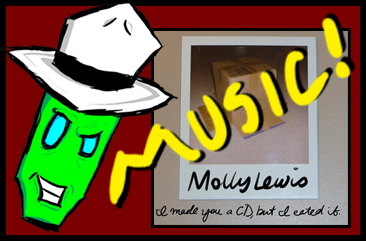Of time-lapse and chalk-offs
time·-lapse \ˈtīm-ˌlaps\adjectiveof, relating to, or constituting a motion picture made so that when projected a slow action (as the opening of a flower bud) appears to be speeded up
Merriam-Webster’s definition of time-lapse leaves something to be desired.
Of course, it was written in 1927 – and language changes. The very use of the word “speeded” would garner the dictionary’s writers a grammatical lecture from any of the teachers I grew up with. It’s all but vanished from the modern idea of proper English.
To be honest, I didn’t realize “speeded” was even a real word until I read it in this definition. However, Merriam-Webster’s choice of verbs is far from the biggest issue found in this archaic definition.
When I was drawing my contribution to the Frost Park Chalk-Off on Friday, I filmed myself with the intent of speeding up the footage, in order to show the creation of my artwork from start to finish. Hardly an original idea, of course, but upon uploading the video, I began to think about the idea of time-lapse and the ways we use the term.
Even before it gets to the actual definition, the Merriam-Webster entry limits the word to being an adjective. In common usage, the term “time-lapse” is one of those fun words that plays multiple positions on the modern grammatical field.
For instance, instead of saying “I’ll speed up this footage” when I’m making a video, I can say “I’ll time-lapse this footage.” The same can be applied when filming time lapse in the more traditional method, using a slow shutter speed. I can also refer to anything bearing the time lapse effect as “a time-lapse”.
Are these uses of the term “correct” according to the rules of proper English taught in school? Probably not, but common use always trumps proper rules and definitions in the end. Language changes.
So it’s not hard to continue that line of thought, to see that the rest of the definition falls short as well. “Time-lapse” doesn’t have to be restricted to describing moving pictures displaying a specific quality of altered time. We can apply it to anything – and that’s exactly what I’m going to do.
Tomorrow I’m going to time-lapse my progression in the art of sidewalk chalk. I’ll show pictures of my Frost Park Chalk-Off entries from the first time I decided to dirty the sidewalk with colors to the most recent piece. I’ll describe the methods and tricks I learned along the way, and talk a bit about the ways I’m still trying to improve.
I could call this a summary, sure. I could call it a review, or “a look back.” But I prefer time-lapse. Minus the motion picture requirement, it fits the definition well enough: I’ll be displaying all of my chalk art in such a manner that an artistic evolution that took place over a long period of time will be viewable in a significantly shorter period of time.
As far as I’m concerned, that’s projecting (via blog) a slow action (the artistic evolution) that appears to be sped up (via summary).
Oh, sorry – “speeded” up.

Writer. Actor. Director. Chalk artist. YouTuber. Nerdfighter. Traveler. Pansexual. Genderfluid. Millennial. Socialist. Living a complex life beyond those words.









